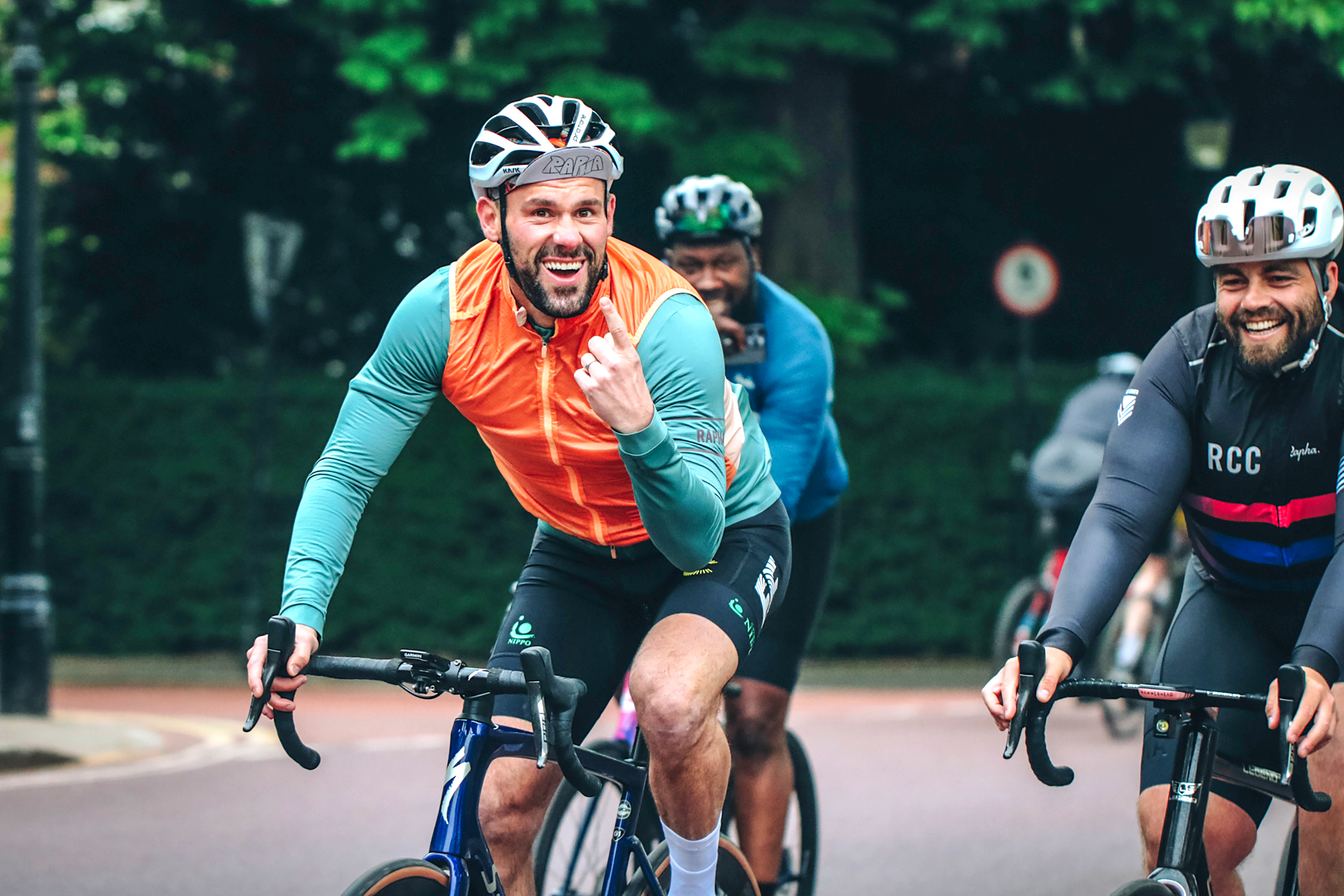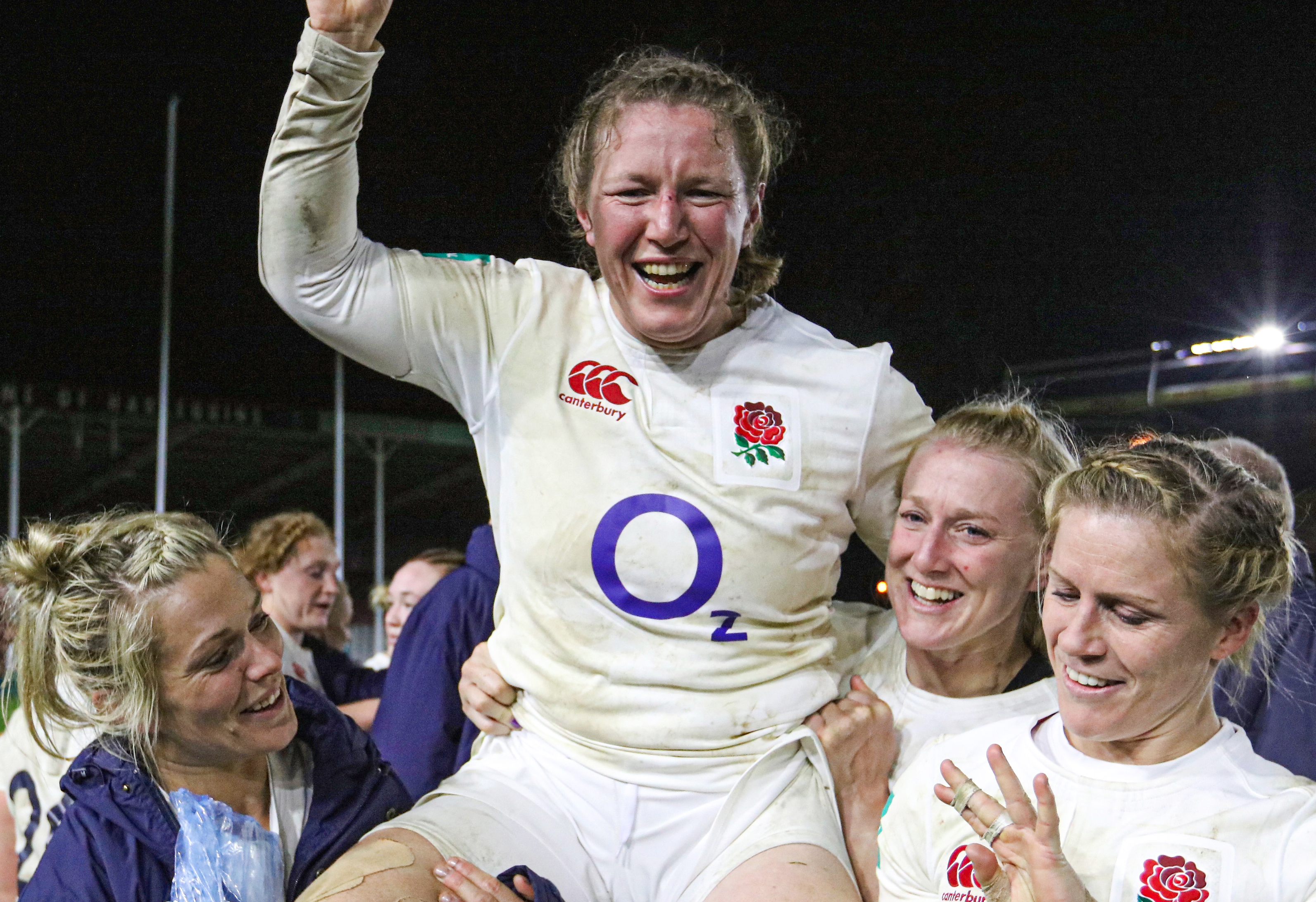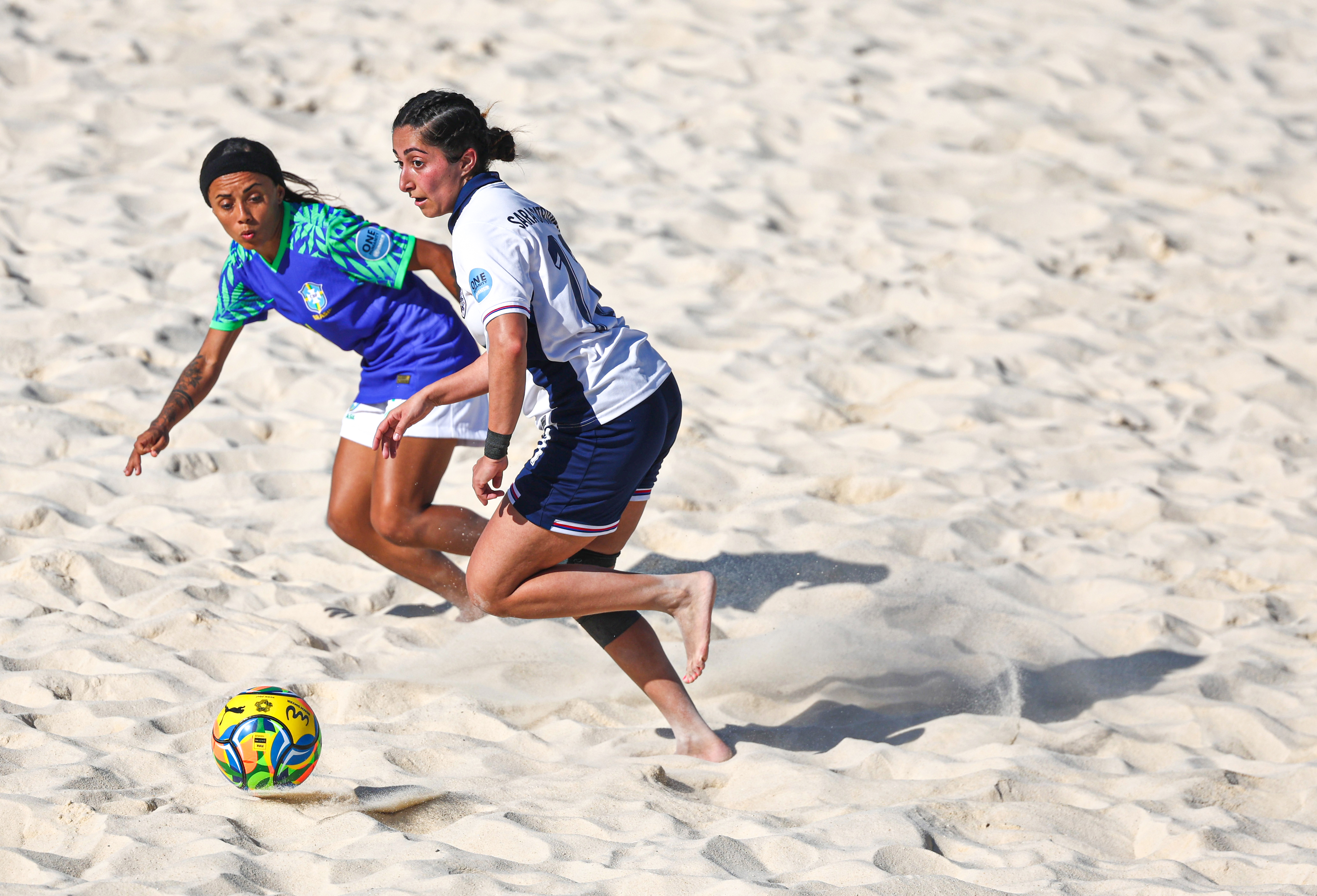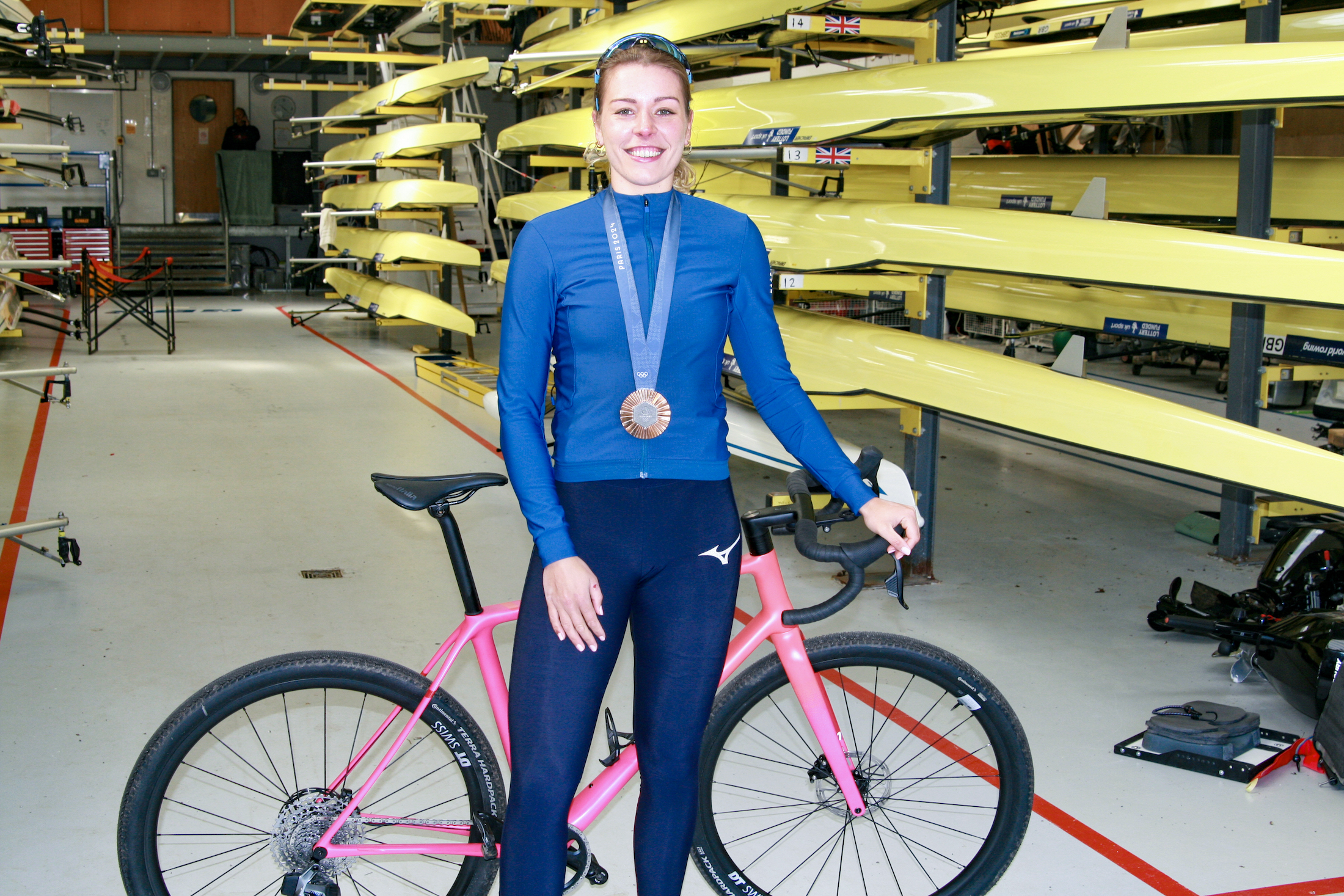“Whenever I go out on the bike, I know when I get home, I’ll have a smile on my face.” You might expect these to be the words of a lifelong cyclist. But no, they’re coming from the mouth of former Premiership goalkeeper Ben Foster – who is telling me how, since retiring from football, he can’t get enough of life on two wheels. “Every time, I get back refreshed, rested and good to go again,” he says.
“Getting your head up and looking around, it is the best mental relaxation I have ever had. It’s my release.” Foster has gone as far as creating a cycling-themed YouTube channel, ‘the Cycling GK‘, letting many other athletes in on his secret-that cycling is the ultimate fitness hack.
Scores of big-name athletes are getting in on the action: search online and you’ll find former England footballer Lee Dixon discussing his 3,000km ride from Greece to London, English rugby legend Martin Johnson talking about his five trips to watch the Tour de France, and Lakers basketballer LeBron James not just riding a Canyon but leading a group who invested $30m in the brand. So, what is it that stars from other sports get from joining us on two wheels?
As a non-weight-bearing activity that works the cardiovascular system, cycling is excellent for building fitness without inducing muscular fatigue or DOMS. It allows athletes to work at high intensity and develop endurance, in a safe and accessible way. “Cycling helps to create central adaptations to the cardiovascular system and peripheral adaptations within the muscles,” says Paddy Harrison, PhD researcher and a coach at Team Ineos.
A 2015 University of Essex study found that cycling sprint interval training – eight to 12 intervals of 60-second sprint efforts, with 75 seconds’ recovery – enhanced both performance and muscle oxygenation for elite hockey players. Being off your feet, minimising load through joints, means long-duration or high-intensity bike sessions pose a relatively low risk of injury.
As such, cycling is invaluable as a ‘return to play’ activity post-injury. Doug Stewart runs and coaches the Elite Trail Team, a group of runners competing globally in off-road, long-distance foot races. He regularly puts cycling into his runners’ training plans. “It’s an easy way to increase total training volume without having the same impact and recovery time you’d get from running,” says Stewart.
“The impact on joints and tendons is a lot lower but they can still get a really good cardiovascular stimulus and work aerobically on the bike.” He also prescribes cycling for athletes who are preparing to compete in the heat. “For heat prep, we can get them indoors cycling with warm clothes on, creating a heat stimulus, rather than going to the sauna.”
The latest race content, interviews, features, reviews and expert buying guides, direct to your inbox!
For athletes in other sports, Harrison says the other beauty of cycling is that it allows them a change of scenery. “The change in training stimulus reduces monotony – variety is something often missing in many other sports with fixed training locations.” Riding in a group with others adds a positive social aspect too.
Steph Kessell, 34, GB marathon runner and Olympian
Steph Kessell, GB runner with her Pearson bike
(Image credit: Andy Jones)
Steph Kessell is currently returning to running fitness post-pregnancy. For her, the bike is a key part of this process. As she builds up to full-time marathon training, Kessell is on her bike for up to six hours a week. “The first bit of cardiovascular training I did post-pregnancy was a short Zwift ride,” she says.
Kessell loves that cycling allows her to train twice a day, giving her extra cardio without the injury risk. “Good times come with consistent training and I am able to train consistently by not pushing the running miles and instead boost my fitness with quality training on the bike.”
Ben Foster, 41, former England goalkeeper

Ben Foster knows the benefits of getting out on his bike
(Image credit: Garmin)
A pro goalkeeper who played for Manchester United, Watford and most recently Wrexham, Foster retired last year at the age of 40-seven years older than the average for a retiring Premiership player. He credits cycling as the reason he was able to play professionally for so long. “If you look at all the injuries I’ve had [including three ACL surgeries], there’s no reason I should have been playing for as long as I did.
I put it down to cycling – that constant strengthening of all the little muscles around the knee, around the thighs and the hamstrings, the glutes, the quads.” Foster also enjoys tracking his cycling fitness. “The data can be a powerful motivator. The metrics really appealed to me and I could see I was getting fitter and stronger.” He is a keen user of Zwift and owns three Specialized bikes. Becoming a Garmin Ambassador has allowed him to indulge his love of data yet further. “If anything is coming out that’s watt-saving or speed-gaining, then sign me up for it!”
Rocky Clark, 43, former England rugby player

(Image credit: Getty Images)
Rugby player Rocky Clark plays and coaches for Saracens. She earnt 137 caps for England as a Red Rose and, just like Foster, thinks cycling is one of the reasons she is able to play championship rugby at the age of 43. “It is so good for getting that fitness base up after injury,” says Clark. “As I’ve got older and want less impact, I’ve used the bike to really get my lungs burning.”
Cycling helped Clark at the peak of her career too. “When I was an international, I’d use the Wattbike two or three times a week, especially for aerobic threshold. That was always brutal. Now I’m playing championship rugby, I do more on the road bike, and I absolutely love it.” Clark is a loosehead prop, so needs strong quads, glutes and hamstrings to be able to drive in the scrummage.
“To replicate this on the bike, I whack the resistance right up and go for raw strength, accruing exhaustion that matches being 78 minutes into a game and needing to produce a 15-second burst in a scrum.”

(Image credit: Getty Images)
Sara Catriona grew up playing 11-a-side football but after too many injuries switched to beach football. She now plays beach football for England, so needs to be able to run efficiently on sand. It is a heavily quad-dominant sport. “That’s why cycling is so good,” Catriona says.
“I cycle every other day. I’m either doing sprints of 30 seconds on, 30 seconds off, or a longer distance so I am fitter and stay on the pitch for longer.” A beach football match comprises four quarters of 12 minutes, with roll on, roll off substitutions. “I’m trying to build that fatigue resistance in my legs, so I can stay on the pitch for longer and get in quality shots,” she adds.
Eve Stewart, 27, GB rower and Olympian
Eve Stewart has a British mother but was born and raised in the Netherlands. When she raced for the Dutch rowing team, cycling was a huge part of the training – the team would ride every day. Now competing for Britain, she notes that the GB team does less cycling generally but their training camps have a large riding component. “Rowing is quite strenuous on your ribs and back, so cycling gives us an extra way of getting extra miles in,” says Stewart.
In the run up to the Paris Olympics, when many of the team were using erg machines, Stewart rode her bike. “It was a way of giving my thoracic [mid-spine] a chance to simmer down while still getting a massive physical hit. Stewart also enjoys getting away from the more competitive aspects of training. “Because you don’t have a coach or a crew next to you on the bike, you can stick to the right heart rate and get a nice mental break – unlike during the side-by-sides we do on the water.”

(Image credit: Future / Rich Tole)
What can cyclists learn from other sports?
Sport support staff exchange lessons all the time. In a formal context, organisations such as national governing bodies facilitate information exchange, while informally, colleagues chat at conferences and read each other’s research.
When athletes switch between sports, there can be a fruitful cross-pollination of expertise. Besides training ideas, we have seen many elements of tech crossover, such as aerodynamic tools from motorsports, and shoe tech from running. Our five athletes show that cycling can gain more than just tech and tactics from other sports – it can benefit from their training philosophies too. Rower Eve Stewart highlights the importance of mastering the fundamentals before obsessing over marginal gains, just as rowers perfect their stroke before fine-tuning boat aerodynamics.
Rugby’s Rocky Clark emphasises the value of structured discomfort: rather than fearing high-resistance efforts, cyclists should embrace them, simulating late-race fatigue by grinding through big-gear intervals. England beach footballer Sara Catriona stresses the need for targeted training – rather than suffering for suffering’s sake, cyclists should define clear performance goals, whether that’s sprint endurance or sustained power.
Marathon runner Steph Kessell warns against being a slave to data, advising cyclists to occasionally ride by feel rather than constantly chasing watts or segment times. And what about Foster? He has become so loyal to cycling that he is at a loss to name anything we can learn from football. “Footballers can learn an awful lot from cyclists, though,” he insists, “especially the way cyclists run their own bodies like businesses, taking full accountability.” Close friends with Tao Geoghegan Hart, Foster has witnessed first-hand how a pro rider operates.
“Everything about it – the training, the rest, the fuelling – is top-notch,” he says, admiringly. As more elite athletes embrace cycling, the message is clear: our sport offers far more than just fitness. Whether it’s for recovery, endurance, mental refreshment, or simply a new challenge, cycling has proven its value across disciplines. And if footballers, runners, rowers, and rugby stars are all reaping the benefits, perhaps it’s time for us cyclists to take a leaf out of their training books too.
Bone strengthening for cyclists
If cycling is your only sport, you may be at risk of developing low bone mineral density (BMD). A Norwegian study in the BMJ Sport and Exercise Medicine Journal assessing bone health in 19 elite road cyclists and 21 competitive runners found over half of the cyclists had low bone density, especially in the lumber spine and femoral neck. All the runners had normal bone density. So, cyclists need a secondary sport to help protect their bones. Here are a few to consider:
Running: The load-bearing impact on legs and hip bones can help maintain, or even improve, bone density.
Basketball, tennis or volleyball: The hopping, jumping and twisting elements of these sports are a boon for bones.
Weightlifting: Weight and resistance exercises help stimulate ‘osteogenic’ production of bone mass, especially in the spine, hips, and arms.
Football: The running, jumping and quick direction changes help strengthen bones – albeit with a risk to tendons!
How other sports can benefit you
Ineos coach Paddy Harrison suggests five ways to incorporate other sports into your cycling training
Alternative cardio: Adding other endurance sports within cycling training programmes helps to provide variety while consolidating endurance adaptations.
Mix it up early: If building towards a race or challenge, varying your training typically works best in the off-season or early preparation phases, before getting more specific with on-bike sessions.
Get strong: Strength training helps cyclists reduce the risk of injury, improve bone health and improve performance.
Gain tactical nous: Taking the focus on technical and tactical skills in team and rackets sports into cycling can be useful. On the bike, it can be too easy to overly focus on the physical components of training.
Drill down: Other sports go big on drills. Incorporating technical and tactical drills into training sessions or camps can add valuable discipline to your warm-ups and conditioning.

